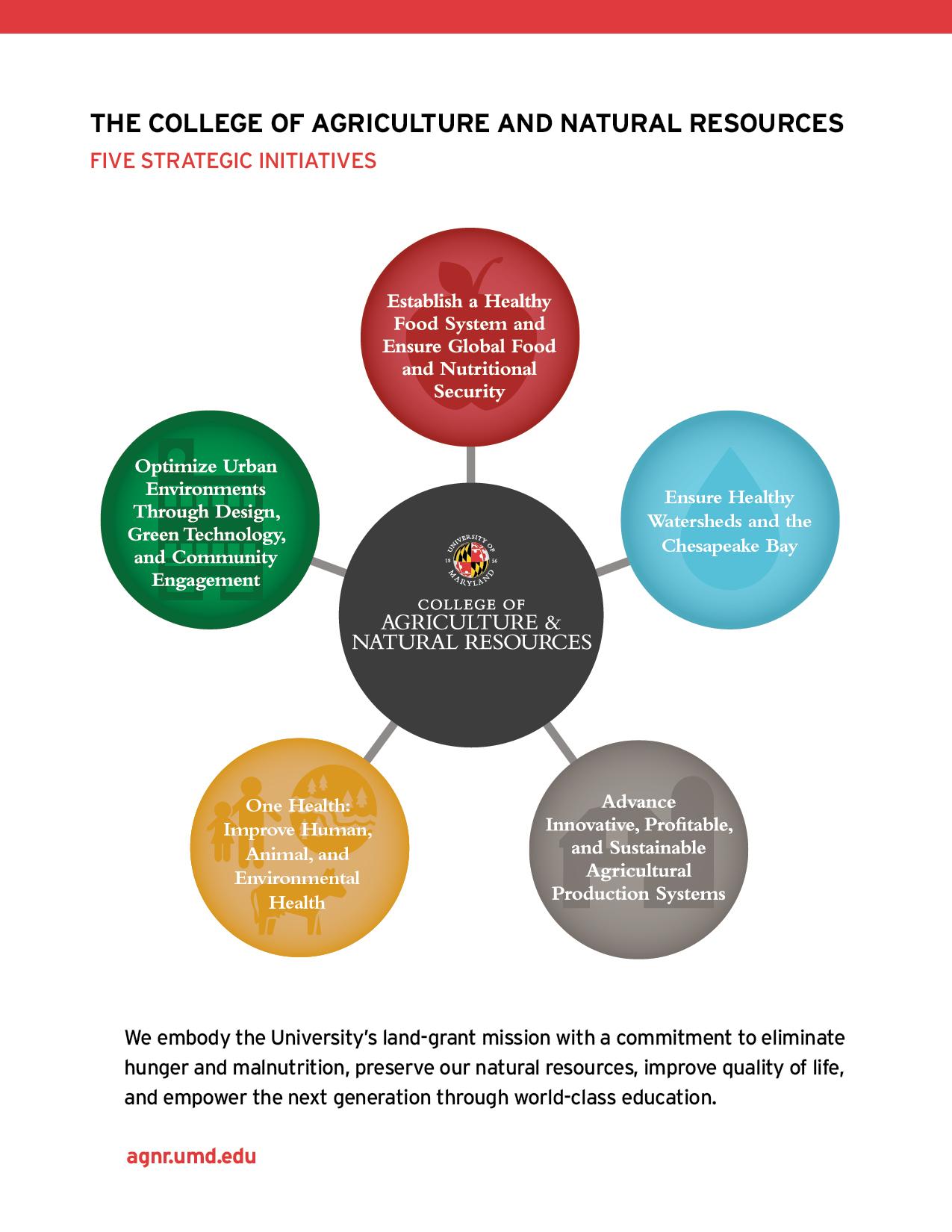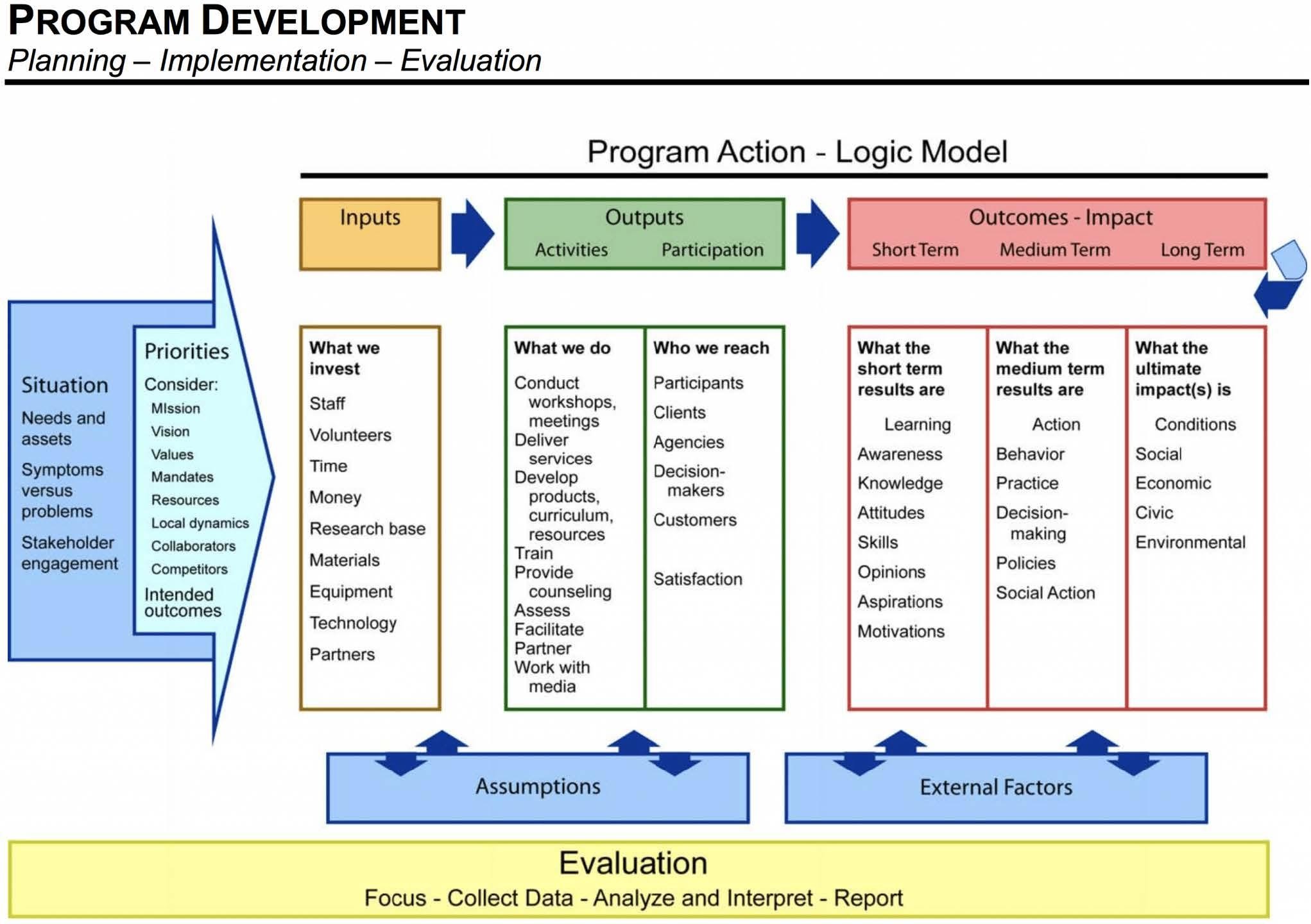Writing Impact Statements
Length: 50:29 | Date: November 15, 2024
Speakers: Shannon Dill, University of Maryland Extension Agent
Description: This session will provide you with the skills and strategies to effectively communicate the significance and outcomes of your work. Impact statements are crucial for demonstrating the value of your programs to reviewers, stakeholders and funders.
Impact Statement Guidelines
November 2024
Stephanie Orstad, PhD
University of Maryland Extension
Evaluation and Reporting Team
Contents
| Program Title: | [Program Title] |
| AGNR Strategic Initiatives: | [list of [Please check the AGNR Strategic Initiative that is most closely aligned with this impact statement. You can find more information about the AGNR Strategic Initiatives here: <a>https://agnr.umd.edu/about/strategic-initiatives</a>] separated by ", "] |
| Date Submitted: | [Date Submitted: Month Date Submitted: Day, Date Submitted: Year] |
| 4-H Youth Development Priority Areas: | [list of [4-H Youth Development] separated by ", "] |
| Agriculture & Food Systems Major Program Areas: | [list of [Agriculture & Food Systems] separated by ", "] |
| Environment & Natural Resources Major Program Areas: | [list of [Environment & Natural Resources] separated by ", "] |
| Focus Areas: | [list of [If this impact statement is related to Sea Grant work, please choose the best focus area:] separated by ", "] |
| Family & Consumer Sciences: | [list of [Family & Consumer Sciences] separated by ", "] |
| Relevance: | [Relevance: What was the problem?] |
| Response: | [Response: What was done to address the problem?] |
Results: |
[Results: What Difference did this Program Make for Maryland Residents?] |
| Keyword(s): | [list of [Keyword] separated by ", "] |


Major UME Programs
| ✔ | 4-H Youth Development (4-H) |
|---|---|
| ▢ | Building community and civic engagement |
| ▢ | Developing leadership skills for life |
| ▢ | Nurturing social empowerment and resilience |
| ▢ | Improving college and workforce readiness |
| ▢ | Fostering exploration and creativity in arts and sciences |
| ▢ | Promoting healthy lifestyles and self-acceptance |
| ✔ | Agiculture & Food Systems (AgFS) |
|---|---|
| ▢ | Farm and agribusiness management, entrepreneurship |
| ▢ | Fruit and Vegetable production |
| ▢ | Livestock |
| ▢ | Ornamental horticulture, greenhouse, landscape, and nursery |
| ▢ | Poultry |
| ▢ | Row-crop, forage, and pasture production |
| ✔ | Environment & Natural Resources (ENR) |
|---|---|
| ▢ | Aquaculture, Seafood Production, Seafood Safety |
| ▢ | Climate and Energy |
| ▢ | Forest Resources |
| ▢ | Home Horticulture and Master Gardener |
| ▢ | Land Use and Watershed |
| ✔ | Family & Consumer Sciences (FCS) |
|---|---|
| ▢ | Financial Wellness |
| ▢ | Food Safety |
| ▢ | Health Insurance Literacy |
| ▢ | Health Literacy |
| ▢ | Nutrition, Health, and Wellness |
Mapping UMERS template to logic model
| UMERS template | Logic model concept |
|---|---|
| Relevance (What is the problem?) | Situation: Issues, needs assessment, goals, target audience, how people will benefit, how activities lead to outcomes |
| Response (What was done to address the problem?) | Activities/Outputs: how your major activities helped you achieve, or make significant progress toward, the goals and objectives? What did you do? |
| Results (What difference did your program make for the clients/society?) | Data, statistics, analysis, etc. will feature here. Outcomes (short/medium/long): describe how your target audience benefited from your project’s activities. Briefly describe how the broader public benefited from your project's activities. |
Specifications and explanation of each category
Relevance (Situation: What is the problem?):
In lay terms, briefly describe the following
- The issue and why it is important: Literature review/needs assessment (1 solid paragraph of approx. 200 words)
- Your goals and objectives: Provide a list. You can write in sentences too.
- The target audiences and how they will benefit: Whom are you targeting? Population, county, city, state, etc.
- How will they benefit? What are they going to get out of your program? (3-4 sentences)
- How your activities will lead to the outcomes described in the goal statement or objectives: What do you plan to do? How will those activities help achieve your goal? (3-4 sentences)
Response (What was done to address the problem?):
- Activities: how your major activities helped you achieve, or make significant progress toward, the goals and objectives? What did you do? (It depends on what activities you did in a year. Examples would include, workshops, teaching, training, curriculum development, meeting, any other services, etc. You can list the activities or can elaborate further. Ideally, 1 paragraph)
This section corresponds to “Output” in logic model
Results (What difference did your program make for the clients/society?):
- Data: Statistics, analysis, evaluation data, etc. will feature here (depends on the amount of data)
- Outcomes: describe how your target audience benefited from your program’s activities (200 words would be great.)
- Short term: Learning, Awareness, Knowledge, Attitudes, Skills, Opinions, Aspirations, Motivations
- Medium term: Action, Behavior, Practice, Decision-making, Policies
- Long term: Conditions, social, economic, civic, environmental
- Broader Outreach: Briefly describe how the broader public benefited from your program's activities. (1 small paragraph)
This section is one of the most prominent parts.